Art, Architecture, Mummies, Food and Nuns in Citta della Pieve
The city of Citta della Pieve sits a few miles south of lake Trasimeno and to the west of the regional capital of Perugia. Perched on a hill 500 meters above sea level and overlooking the nearby valley, the city evolved as one of the region’s important network of hilltop towns responsible for monitoring and policing nearby trade routes. Our visit began with a guided walking tour of the city which provided an excellent opportunity to see its famous brick buildings, narrow alleyways, and a series of paintings by city native Pietro Vannucci more commonly called “the Perugino”.
Palazzo della Corgna
Our walking tour began with a visit to the Palazzo della Corgna – an old palatial residence that showcased a series of beautifully decorated rooms. Each featured extremely fine detail work, that majority of which consisted of fanciful creatures being ridden, and cherubic figures hard at work or play.
The attention to detail and care that went into crafting the building was obvious in the fine detail work. Though much of it showed signs of aging and wear – understandable for authentic decorations and accouterment dating back hundreds of years – it did little to detract from the feel of the place and seemed to add to the attractiveness and character of the work. In addition to the native artwork and decorations, a local photo exhibit had been set up along the naked walls and in the center of the empty rooms. These photos, framed and displayed as they were, served as small portals into the Umbria countryside and a pleasant contrast to the historic shapes and lines that gave each room life.
The building also provided a large balcony that overlooked the street below and provided a wonderful view of the nearby rooftops and countryside beyond. Known for its brick and fabric work, Citta della Pieve embodies the appearance of a traditional Italian town. A sentiment that I found was magnified significantly by the constant presence of pigeons. While the pigeons may walk the line between vermin and welcome resident, I can’t help but feel that they do a lot to foster and warm the ambiance of the city’s rooftops. After all, their curios antics, bobbing, hopping, and periodic cooing often serves to liven up what might otherwise be a landscape devoid of life.
As we enjoyed the view of the valley below our guide recounted some of the city’s history. Outlining the city’s allegiance to Perugia and the historical conflicts with Assisi that came with it. She also shared with us brief background about the region’s Etruscan roots, and a bit of history about the small Etruscan Obelisk located in the stairway to the Palazzo della Corgna. You can find a more in-depth of the city’s history on the Citta della Pieve official website. Unfortunately, it’s mostly in Italian.
St. Gervasio e Protasio
From there it was off to a nearby cathedral. The cathedral was well maintained, and embodied what you would expect; It included artwork from a number of local/famous painters, the chief of which was Pietro Perugino. The decorations in the Cathedral also showcased an amazing attention to detail. Particularly interesting for me, however, was the fact that the marble walls you see in the photo seemed to be mostly painted. While I’ve run into similar work in the past, the extent and quality of the paintings really caught my attention. The cathedral also harbors one of the other oddities I’ve always found weird/fascinating about European cathedrals: preserved/mummified human remains. I believe the remains on display in St. Gervasio e Protasio are of the 17th century poet Francesco Melosio. The body is laid out at rest on its side, fully dressed and with a wax death mask in a sealed glass compartment built into the tomb. Frankly, this type of thing gives me the chills. I just don’t get the appeal for any of the parties involved.
A Light Rain
Despite a very light rain we continued our walking tour of the city which led us down a zig-zag of historic streets lined by rich red bricks and small doorways. As we passed one such side street I caught these two nuns leisurely making their rounds. The view triggered momentary confusion as I asked myself, “Am I in a movie, or really living this?” before snapping back to reality and enjoying the moment completely.
I find that one of the secrets to truly enjoying an Italian street is an attention to detail. The grand beauty is one thing. The overall ambiance another. But, it’s the rich details that really flesh out the experience. One of my favorites are doors and doorways. I think far more attention and care go into doors in Europe than most Americans realize. Many are small works of art and more than a few showcase beautifully carved or cast shapes ranging from general patterns to wild animals. The doorways in Citta della Pieve were no exception.
The Oratorio di Santa Maria dei Bianchi
One of Citta della Pieve’s must-sees is the Adoration of the Magi. A wall-sized piece of artwork that was done by Perugino in 1504. Though the piece is over 500 years old it still features vibrant color and is in beautiful shape. It also does a wonderful job exploring perspective and offers a fun insight into what the region must have looked like in the 1500s. The work is especially interesting because of two letters which were discovered in the 1830s and outline negotiations over price in the lead up to the commissioning of the wall fresco.
The piece is also significant because it offers a glimpse into the fashion and styles which were likely popular among the upper classes in Citta della Pieve in the 1500s. The painting serves as a great source of inspiration for people fascinated by the period and eager to re-create the clothing and hairstyles of the time. They had quite the flair for color, don’t you think?
Wonderful Winding Streets
With the Adoration of the Magi behind us it was time to wander the streets once again. Our path cut across the winding roads taking us through small alleyways and across larger streets carefully paved with large flat stones.
Our next stop was a small courtyard that held a variety of historical creations. One of the objects was a massive ballista. The fully functional ballista stood nearly 6 feet tall, and was mounted on wheels so that it could easily be re-positioned. Our host proudly informed us that it was one of the ballista used during the city’s archery competition, a time when the region’s various areas would all come together for a grand contest.
Located immediately to the left of the ballista was what looked like a massive canon. It was mounted on what appeared to be a full sized wagon, and was more than a little imposing. In addition to being at least 8 feet long, the mouth was nearly the size of a basketball. Upon closer inspection it turned out that the “canon” must have served as an early gunpowder precursor likely designed by Leonardo Da Vinci. The cylinder was actually made out of wood and open at both ends. It was designed in such a way that it could be cranked back, and a large bolt could then be inserted, which would in turn fire…much like a canon. Despite having spent time in numerous military museums, I’ve never seen anything quite like it. Fascinating!
Our path from the courtyard took us down a number of beautiful brick streets clothed in a half hazard mixture of multi-colored shutters and blooming flowers. At one point we found ourselves at a wonderful little alleyway called the Baciadonne which is so tight that only one person can fit through it at a time…and even at that it is necessary to turn sideways towards the end. It has to be one of the narrowest streets in Italy, and is a definite must for visitors to Citta della Pieve. It also has a certain romantic charm, so lovers – be warned!
Our last stop on our walking tour was the historic Diocesan Museum. The museum is housed in an old church which dates back to around 1260. Over the years the church has been renovated and expanded several times. Many of the renovations changed the structure completely. The end result is an odd mishmash of styles and artistic forms. Today, the majority of the interior has been painted white, giving it an incredibly unique feel. A feel compounded by the presence of several life-sized plaster cast-based statues which are set up in the middle of the hall. The photo you see above is of a fresco which was discovered during a renovation, and is of some of the church’s early artwork. The art was later covered over during one of the countless renovations where it lived on, hidden, while the rest of the world raced about its daily business. While far from the largest or most impressive physically, the Museo Civico-Diocesiano is highly unusual and a wonderful spot to visit.
Dinner at Terziere Castello
Exhausted from a full day spent exploring the city we retired briefly to our hotel rooms, located on the far end of the city, before responding to a dinner invitation from the city’s mayor and a number of the town’s influential personalities. The meal was hosted in a wonderful old tavern that embodied everything you might think of when hearing the term “medieval meal”. The doorway dumped us into a long hall with a low, vaulted brick ceiling that left me feeling as though I was inside the city walls – perhaps I was? Though the rooms were sparsely decorated the walls were lined with old suits of armor, shackles and a mixture of different weapons and regional banners. We were seated on long benches set with earthen mugs and bottles of local red wine, where we settled in and began to chat about the day’s activities.
The first plate we were served was a wonderful mixture of local cheese and wild boar served in several different ways. It was accompanied by a delicious liver paste smeared on coarse bread and went perfectly with the red Sangiovese wine we were provided. The next portion was a special pasta, normally only prepared on festival days which was bathed in a light olive oil sauce and served with meat. The flavor was fantastic with a wonderful balance between the pasta, meat, olive oil and with just enough salt and garlic to really set it all off.
The pasta was followed up by chunks of beef in a heavy sauce served with what I initially thought was mashed potatoes. You can imagine the surprised look on my face when I mouthed the first spoon full only to discover it was, in fact, polenta. It was a silly mistake given my love for polenta, though admittedly it had been a while since I had found any. The polenta accompanied the somewhat heavily spiced meat well and softened the flavor nicely leaving us all stuffed…but, this was an Italian meal and we should have known it didn’t end there.
Our final course was dessert. A somewhat dry and very hearty cake that had a light chocolate flavor and was perfectly accompanied by a wonderful local dessert alcohol. I believe the drink was the local version of candy sweet mold wine, but am not positive.
My time in Citta della Pieve was rich and wonderful, albeit brief. I look forward to an opportunity in the future to return and to explore the city in greater detail…ideally in time for the Renaissance festival. The costumes, competition and food offer a tantalizing promise of wonderful experiences and adventures!
A special thank you to the people of Citta della Pieve for the opportunity to sample the local food/experience and their hospitality. I thoroughly enjoyed my time in the city and the opportunity to be their guest.


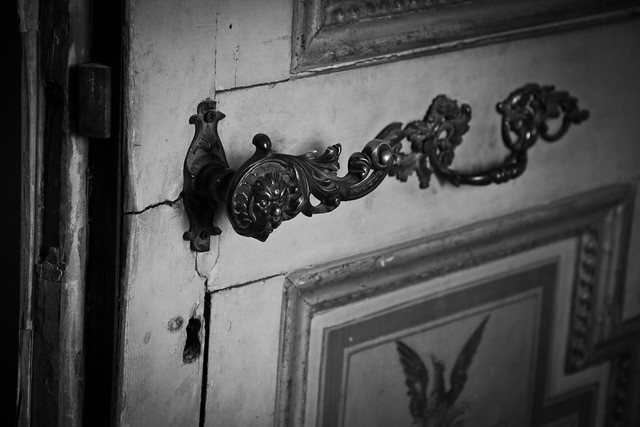
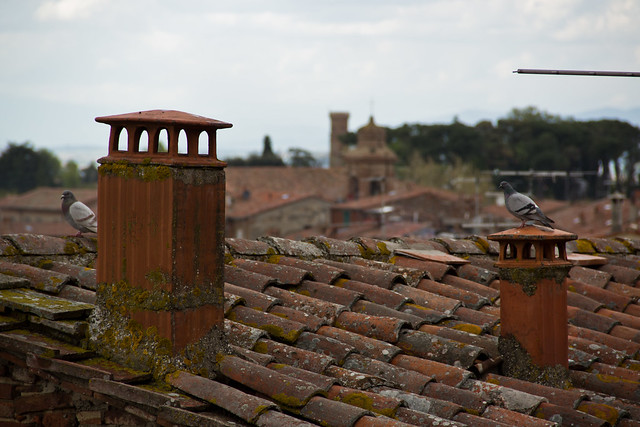
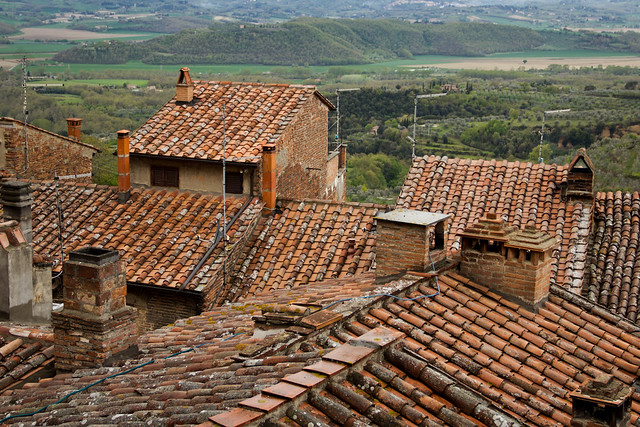
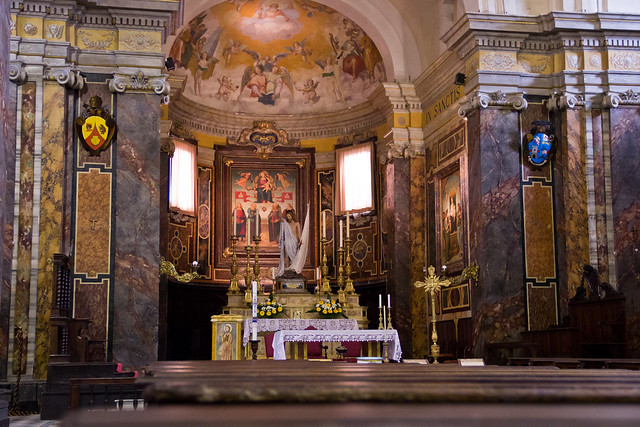
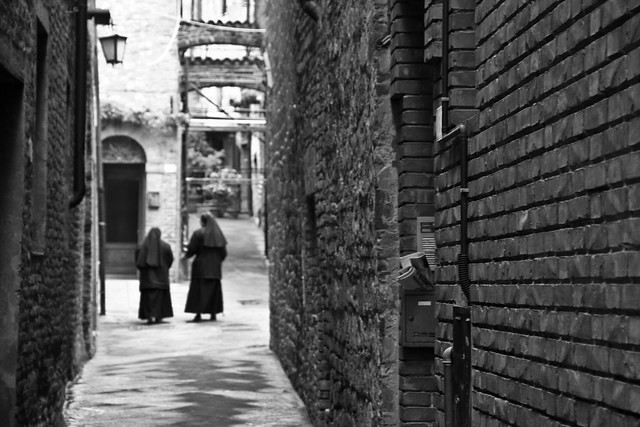
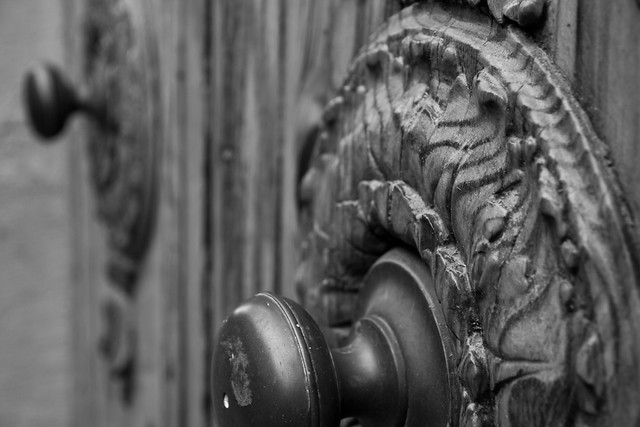

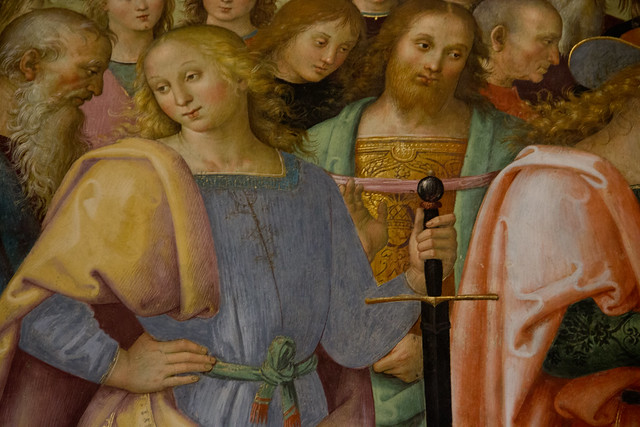
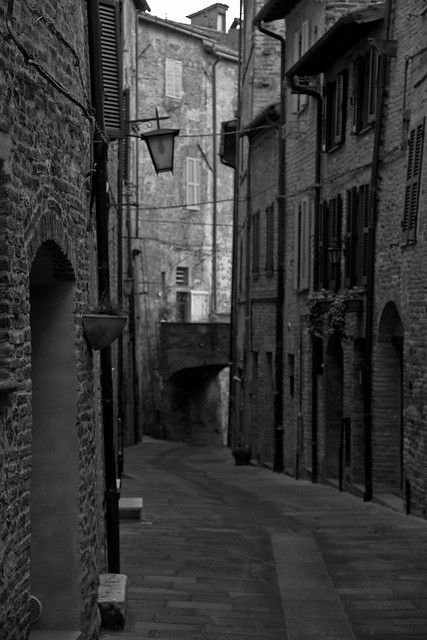
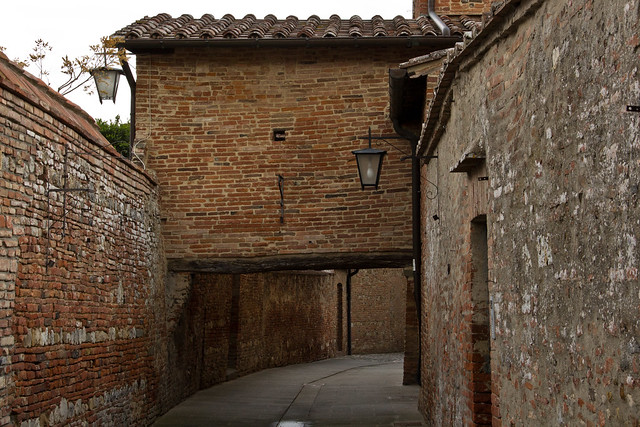
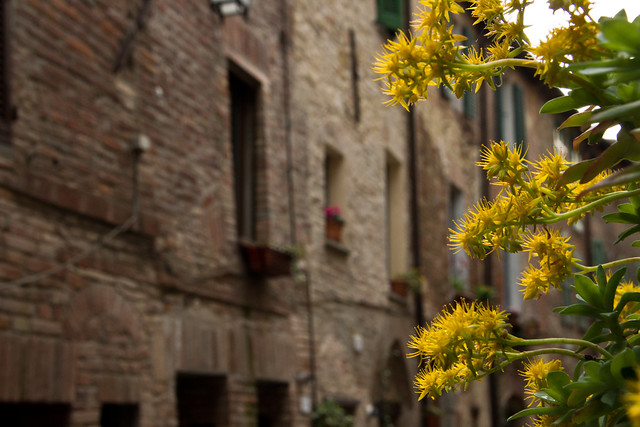
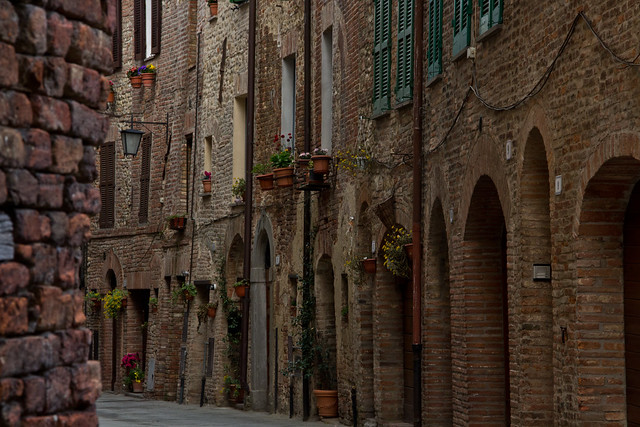
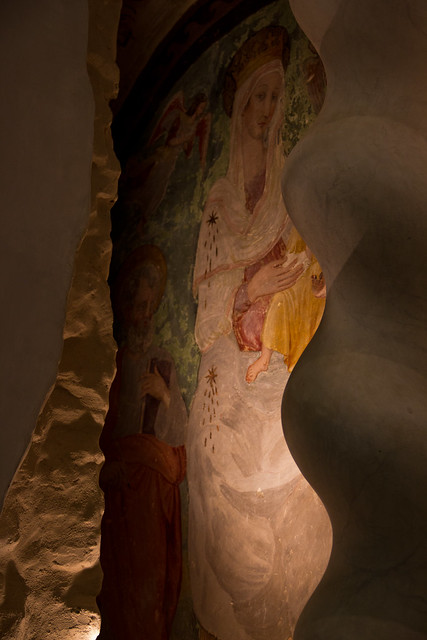
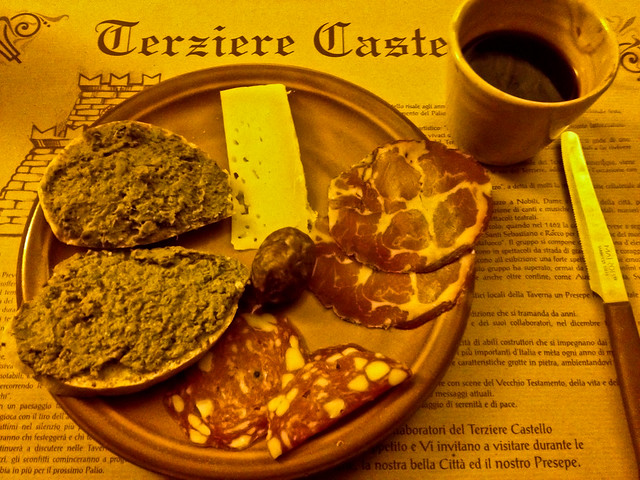
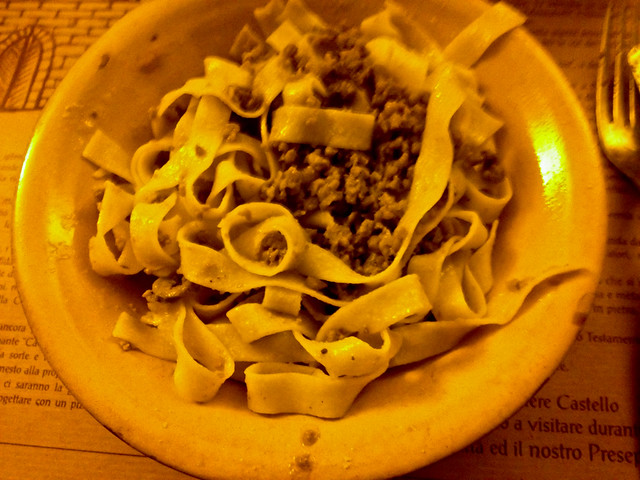

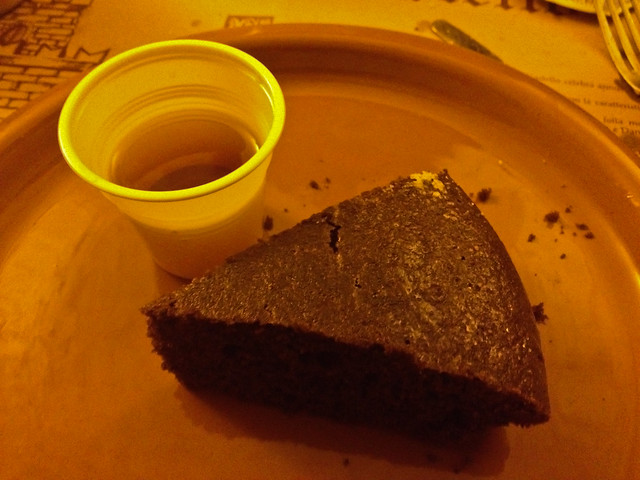
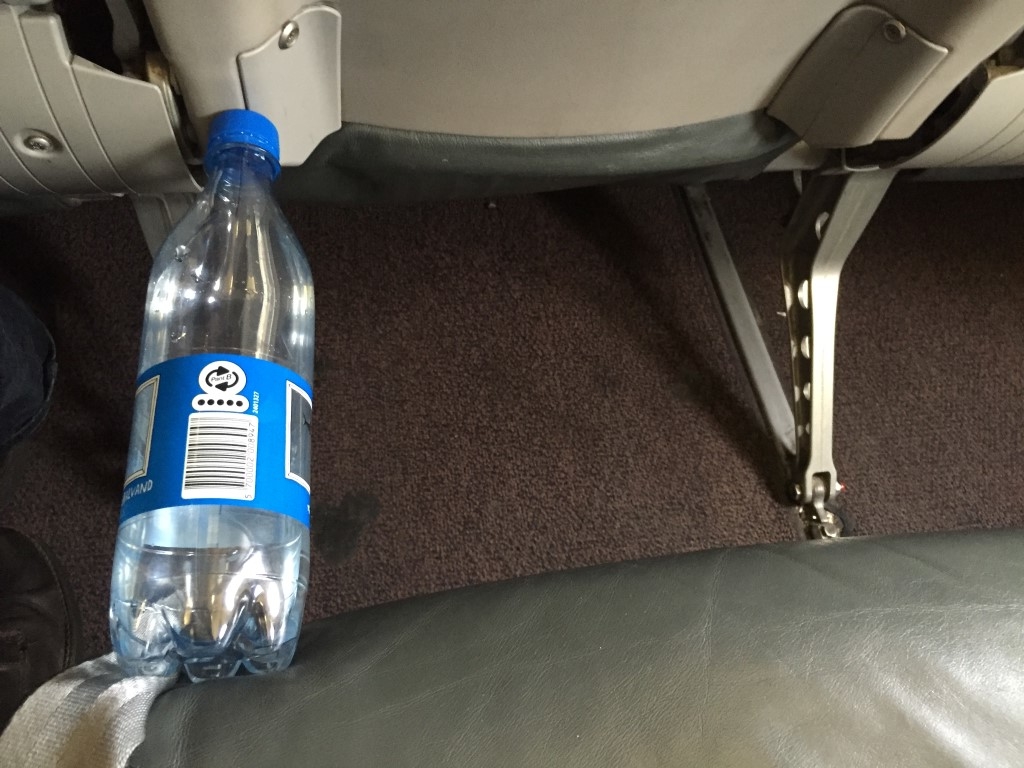

So informative. Beautiful photos. I can live vicariously through you, until I get back there!!!
Thank you Jillian! Great to hear you enjoyed the post!
I can live vicariously through you, until I get back there! Thanks for letting me visit your site and read your blog. Hope’ll come back again.
Love to hear that! Thank you so much for reading!
Città della Pieve is often overlooked, but well worth a visit… Thanks for this lovely write-up and fabulous photos!
Aye, a bit easy to overlook but a great destination for those looking for a wonderful, authentic experience. Thanks for the kind words on the shots!